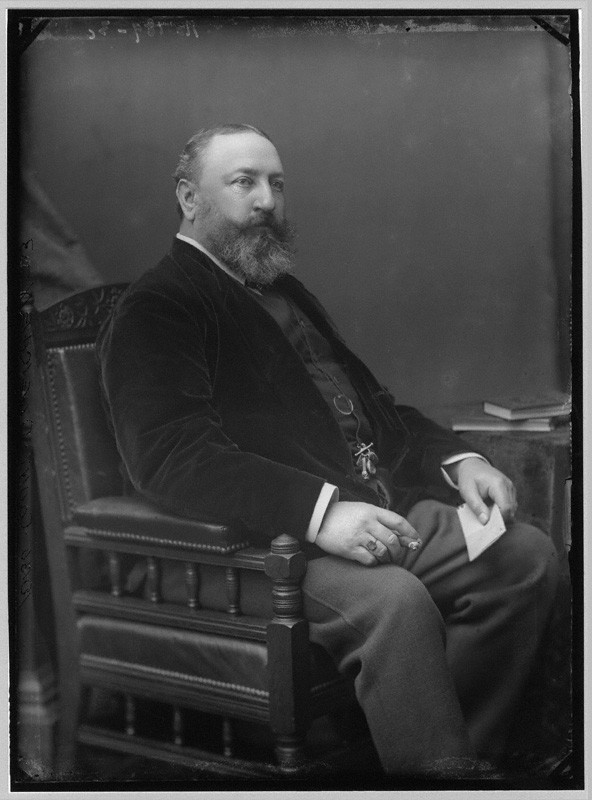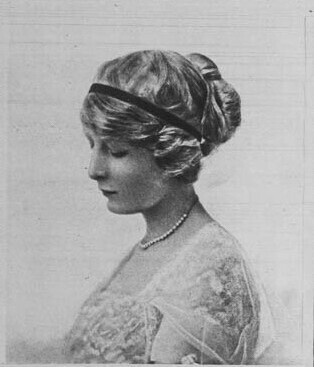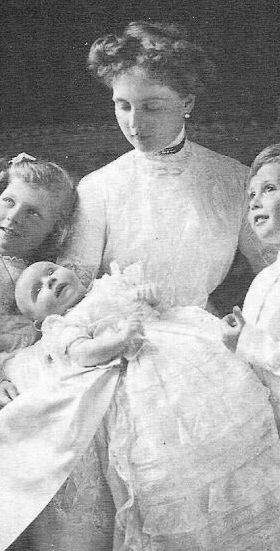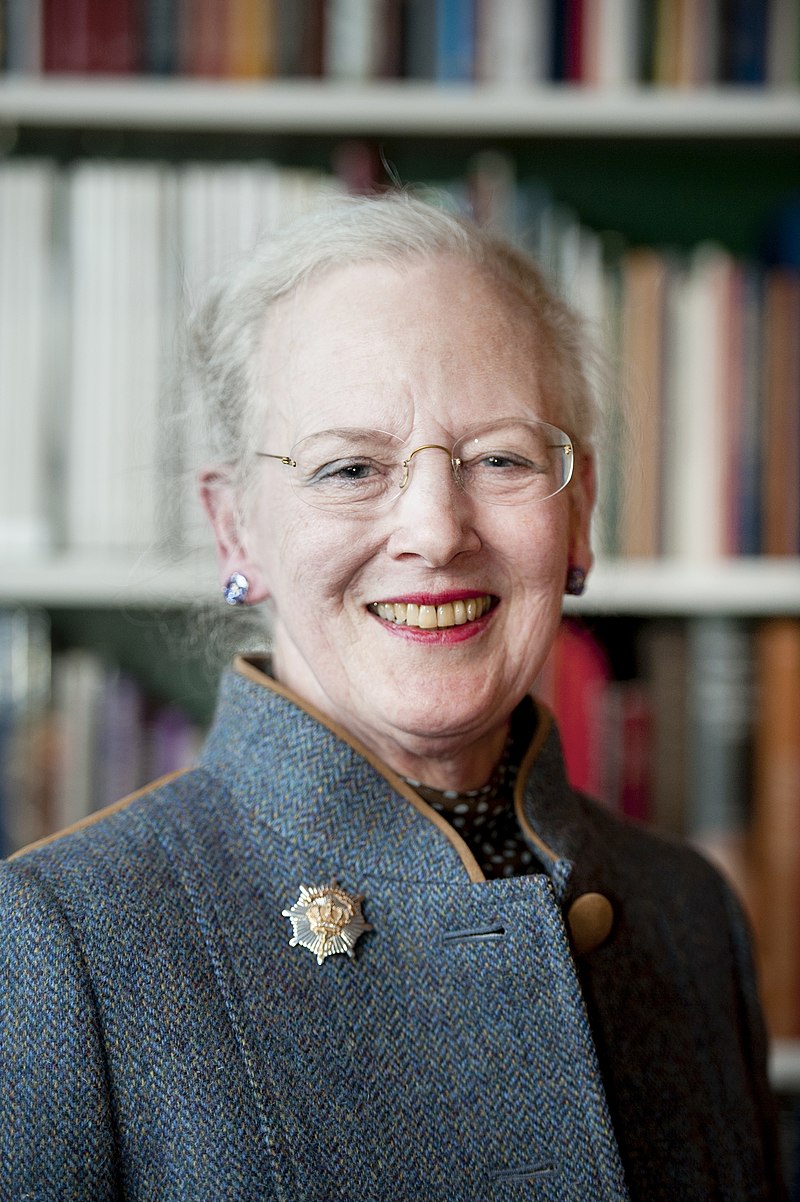by Susan Flantzer
© Unofficial Royalty 2019
King Edward VII of the United Kingdom (1841 – 1910)

(All photos credits – Wikipedia unless otherwise noted)
King Edward VII was born on November 9, 1841, at Buckingham Palace in London, England. He was the eldest son and the second of the nine children of Queen Victoria of the United Kingdom and her first cousin Prince Albert of Saxe-Coburg and Gotha. His maternal grandparents were Prince Edward, Duke of Kent, fourth son of King George III of the United Kingdom and Charlotte of Mecklenburg-Strelitz, and Princess Victoria of Saxe-Coburg-Saalfeld. His paternal grandparents were Ernst I, Duke of Saxe-Coburg and Gotha and his first wife Princess Louise of Saxe-Gotha-Altenburg. Edward VII married Princess Alexandra of Denmark and had three sons and three daughters.
King Edward VII’s one paternal uncle had no children and his mother had no full siblings but did have two half-siblings. Edward VII has no paternal cousins and eight maternal half-first cousins. He shares his half-first cousins with his siblings Victoria, Princess Royal, German Empress, Queen of Prussia; Princess Alice, Grand Duchess of Hesse and by Rhine; Prince Alfred, Duke of Saxe-Coburg and Gotha and Edinburgh; Princess Helena, Princess Christian of Schleswig-Holstein; Princess Louise, Duchess of Argyll; Prince Arthur, Duke of Connaught; Prince Leopold, Duke of Albany; and Princess Beatrice, Princess Henry of Battenberg.
********************
Paternal Uncle of King Edward VII: Child of Ernst I, Duke of Saxe-Coburg and Louise of Saxe-Gotha-Altenburg
- Ernst II, Duke of Saxe-Coburg and Gotha (1818 – 1893), married Princess Alexandrine of Baden, no children
********************
Maternal Half-Aunt and Half-Uncle of King Edward VII: Children of Victoria of Saxe-Coburg-Saalfeld and her first husband Emich Carl, 2nd Prince of Leiningen
- Carl, 3rd Prince of Leiningen (1804 – 1856), married Countess Maria Klebelsberg, had two sons
- Princess Feodora of Leiningen, Princess of Hohenlohe-Langenburg (1807 – 1872), married Ernst I, Prince of Hohenlohe-Langenburg, had three sons and three daughters. Feodora’s granddaughter Princess Augusta Viktoria of Schleswig-Holstein-Sonderburg-Augustenburg married Queen Victoria’s grandson Wilhelm II, German Emperor and King of Prussia
********************
Maternal Half First Cousins: Children of Carl, 3rd Prince of Leiningen and Countess Maria Klebelsberg

Ernst Leopold, 4th Prince of Leiningen (1830 – 1904)
Ernst Leopold spent his childhood in England and had a career in the British Royal Navy. He attained the rank of Admiral and retired from the Royal Navy after a forty-six-year career. Upon the death of his father in 1856, Ernst Leopold became the 4th Prince of Leiningen but he was not a reigning prince. His great-grandfather Carl Friedrich Wilhelm, Count of Leiningen-Dagsburg-Hardenburg had received the Principality of Leiningen as a compensation for the lost Hardenburg estates in the Palatinate occupied by French revolutionary troops. Three years later, the territory encompassing the Principality of Leiningen became part of the newly established Grand Duchy of Baden, the Kingdom of Bavaria, and the Grand Duchy of Hesse. Ernst Leopold married Princess Marie of Baden, daughter of Leopold, Grand Duke of Baden and Sophie of Sweden. The couple had two sons, both born at Osborne House on the Isle of Wight in England, one of the two private homes of Queen Victoria, Ernst Leopold’s aunt.
********************
Prince Eduard Friedrich of Leiningen (1833 – 1914), unmarried
********************
Maternal Half First Cousins: Children of Princess Feodora of Leiningen and Ernst I, Prince of Hohenlohe-Langenburg
Carl Ludwig II, 5th Prince of Hohenlohe-Langenburg (1829 – 1907)
Carl Ludwig succeeded as 5th Prince of Hohenlohe-Langenburg after his father’s death. Nine days later, he renounced his rights as the reigning prince in favor of his brother Hermann because he intended to make a morganatic (unequal) marriage. However, he was able to keep his birth title. Carl Ludwig married Maria Grathwohl and had one son and two daughters.
********************
Princess Elise of Hohenlohe-Langenburg (1830 – 1851)
Princess Elise died in Venice, Italy from tuberculosis. After her death, Queen Victoria sent her grieving half-sister Feodora a bracelet containing a copy of the above portrait. Feodora responded, “I think the miniature very good, and the setting so beautiful, the idea so beautiful … Only with tears I can thank you!”
********************

Hermann and his wife Leopoldine of Baden
Hermann, 6th Prince of Hohenlohe-Langenburg (1832 – 1913)
Hermann became the 6th Prince of Hohenlohe-Langenburg when his elder brother Carl Ludwig renounced his rights after a reign of nine days. He had a military career in the Prussian Army and was a member of the Reichstag, the parliament of the German Empire. Hermann married Princess Leopoldine of Baden and had one son and one daughter. His son and successor Ernst II, Prince of Hohenlohe-Langenburg married Queen Victoria’s granddaughter Princess Alexandra of Edinburg and Saxe-Coburg and Gotha, the daughter of Prince Alfred, Duke of Edinburgh and Saxe-Coburg and Gotha.
********************

Prince Victor of Hohenlohe-Langenburg (1833 – 1891)
Victor was a British admiral, sculptor, artist, and watercolor painter and lived in the United Kingdom from the time he was 18-years old when he entered the Royal Navy. He served on active duty in the Royal Navy for 18 years. After his retirement, he was promoted to the rank of Retired Rear Admiral, Retired Vice Admiral and finally to Retired Admiral. He became quite famous as an artist and was particularly noted for his sculptures, including the huge statue of Alfred the Great in his traditional birthplace Wantage, Oxfordshire, England. (List of Victor’s sculptures)

Statue of Alfred the Great sculpted by Prince Victor of Hohenlohe-Langenburg
Victor married Laura Seymour, daughter of Admiral Sir George Seymour, and the couple had three daughters and one son. Because this marriage was considered an unequal marriage, Laura could not use Victor’s title. Ernst II, Duke of Saxe-Coburg and Gotha, Queen Victoria’s brother-in-law and first cousin, created her Countess Gleichen. Eventually, Queen Victoria allowed Laura to use her husband’s title within the British Empire.
Wikipedia: Prince Victor of Hohenlohe-Langenburg
********************

Princess Adelheid of Hohenlohe-Langenburg, Duchess of Schleswig-Holstein (1835 – 1900)
Napoléon III, Emperor of France offered a proposal of marriage to Adelheid’s parents. Adelheid’s aunt Queen Victoria and her husband Prince Albert were dead-set against the marriage and the negotiations were eventually halted. Instead, Adelheid married Frederick VIII, Duke of Schleswig-Holstein and had seven children including Princess Augusta Viktoria of Schleswig-Holstein-Sonderburg-Augustenburg who married Queen Victoria’s grandson, the future Wilhelm II, German Emperor and King of Prussia.
********************

Princess Feodora of Hohenlohe-Langenburg, Duchess of Saxe-Meiningen (1839 – 1872)
Feodora was the second wife of Georg II, Duke of Saxe-Meiningen. The marriage was primarily intended to find a mother for his children and was not a love match. Georg never got over the death of his first wife, with whom he shared many common interests. The same could not be said for his relationship with Feodora. His attempts to foster in her a love of the arts and theater proved unsuccessful, and he quickly realized that Feodora would never compare to his beloved first wife. Despite their differences, Feodora and Georg had three sons. Feodora died from scarlet fever at the age of 32.
Unofficial Royalty: Feodora of Hohenlohe-Langenburg, Duchess of Saxe-Meiningen
********************
This article is the intellectual property of Unofficial Royalty and is NOT TO BE COPIED, EDITED, OR POSTED IN ANY FORM ON ANOTHER WEBSITE under any circumstances. It is permissible to use a link that directs to Unofficial Royalty.
Works Cited
- Lundy, D. (2019). Main Page. [online] Thepeerage.com. Available at: http://www.thepeerage.com/. (for genealogy information)
- Unofficial Royalty. (2019). Unofficial Royalty. [online] Available at: https://www.unofficialroyalty.com. (for biographical and genealogy information)
- Wikipedia. (2019). Main Page. [online] Available at: https://en.wikipedia.org/. (for biographical and genealogy information)

























































